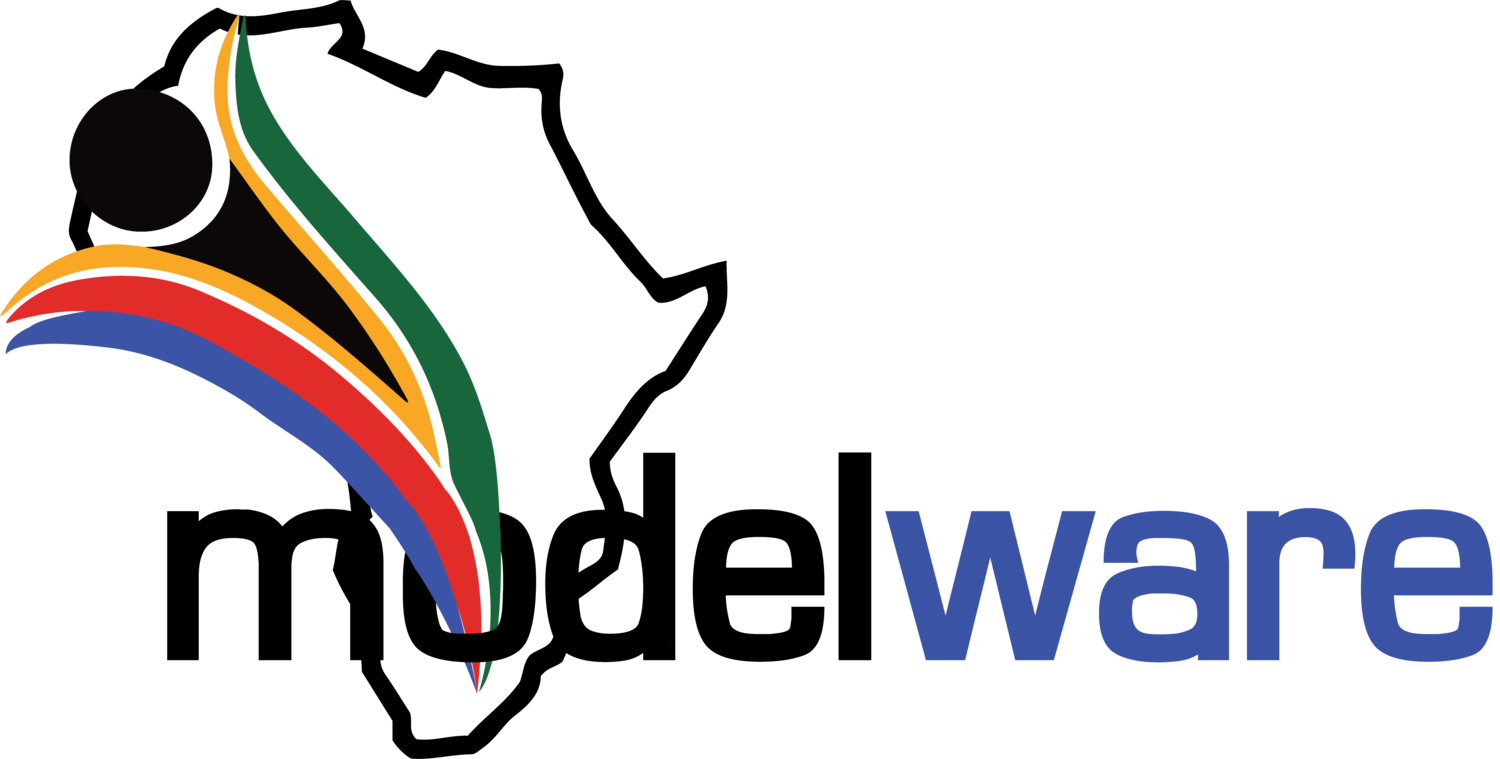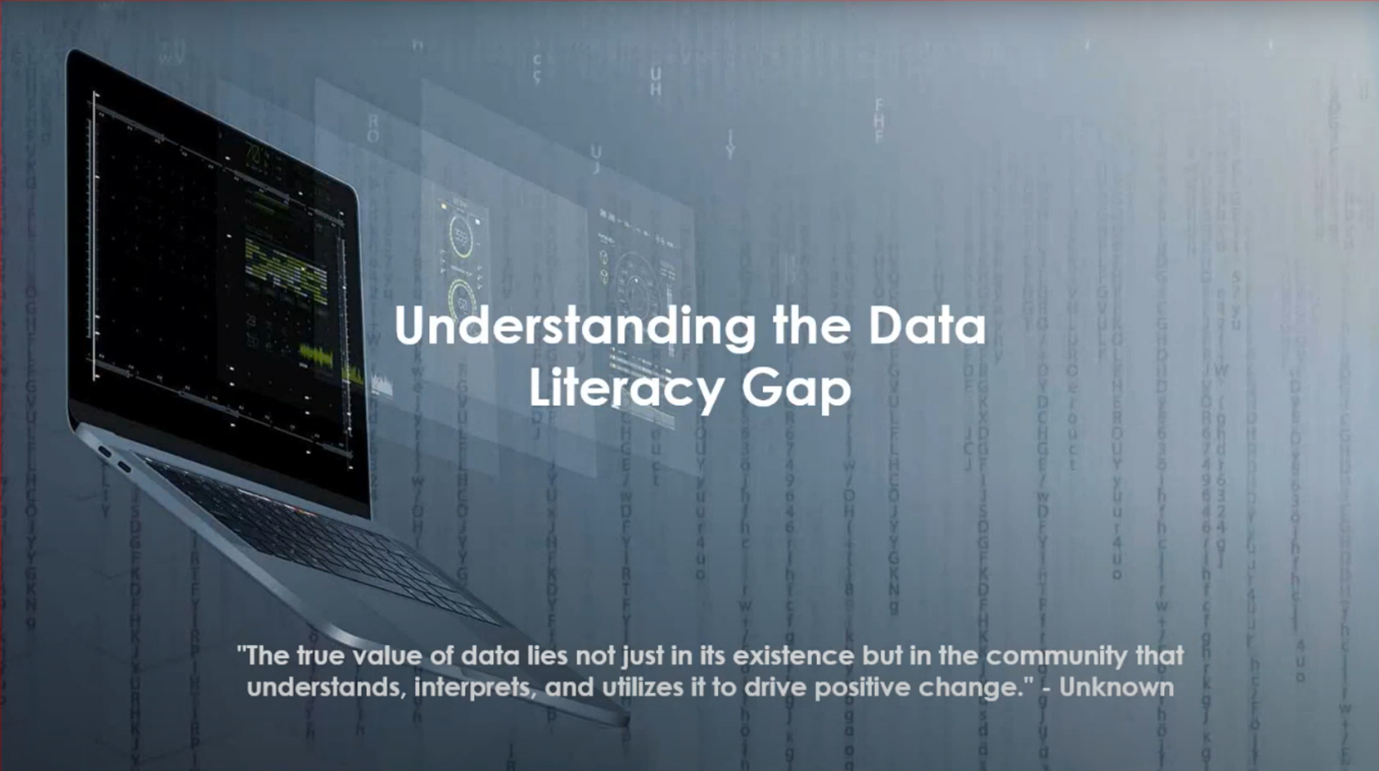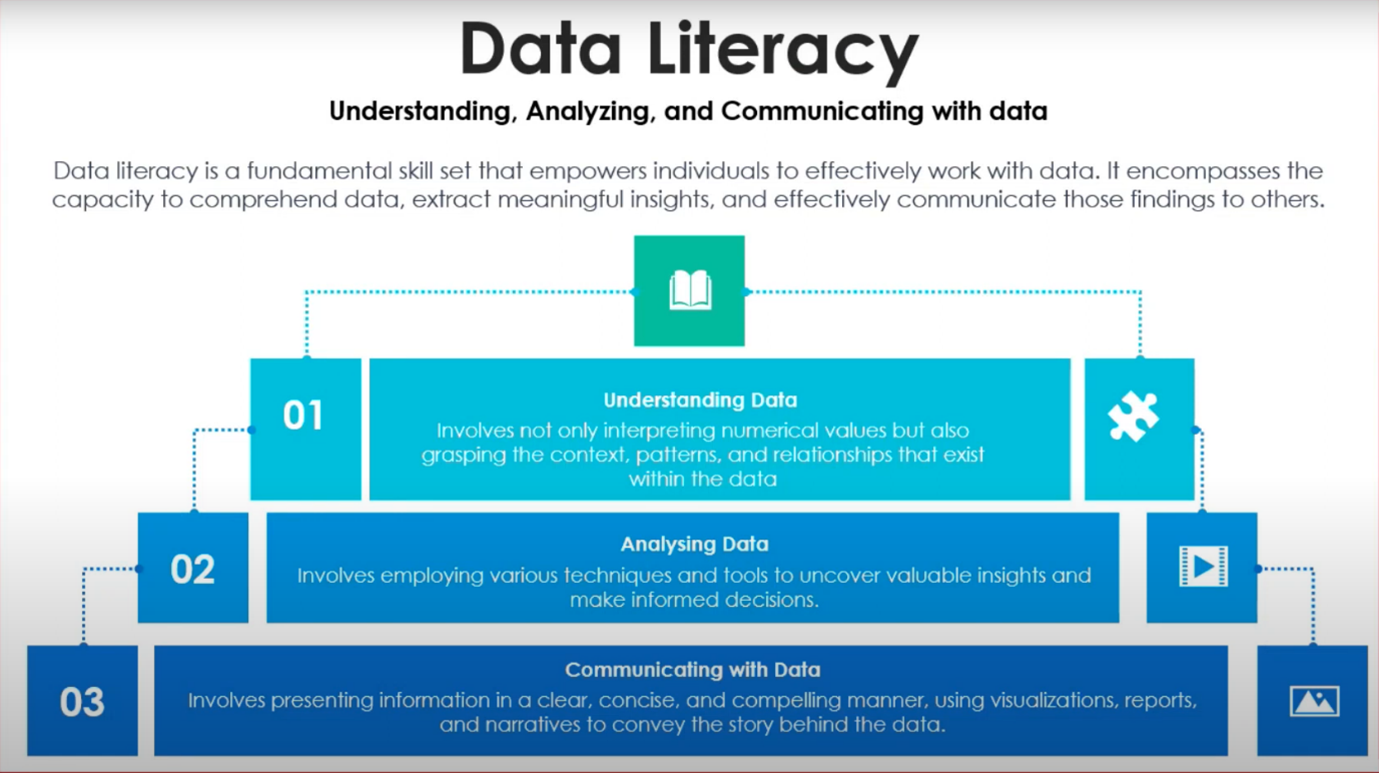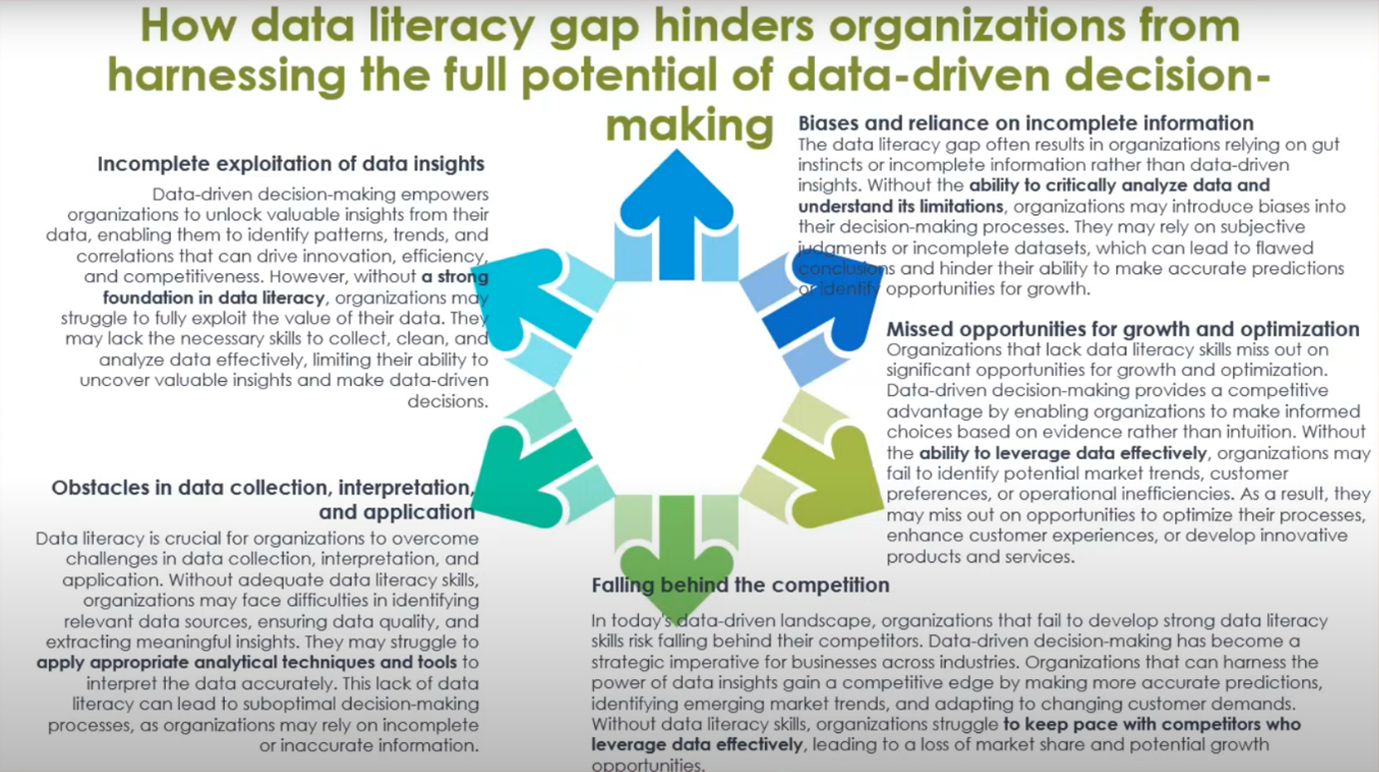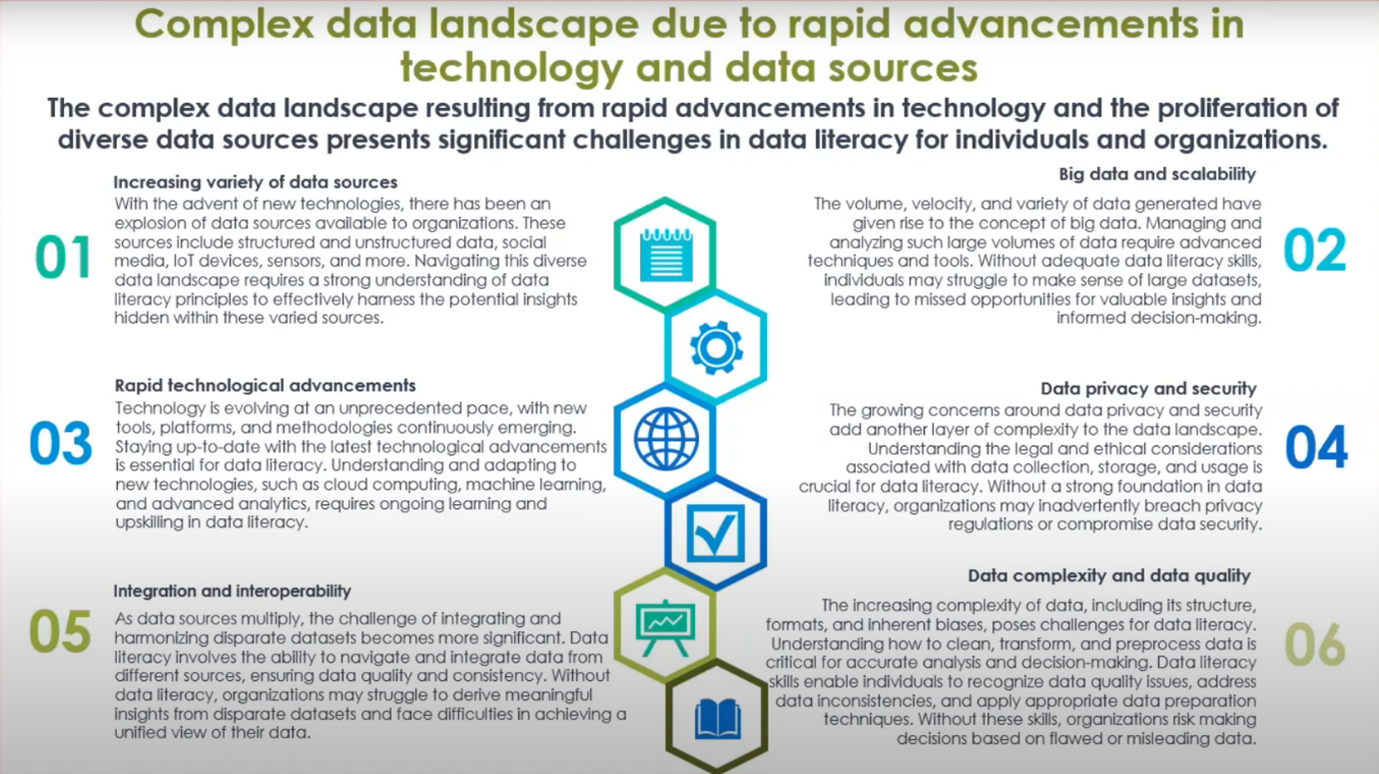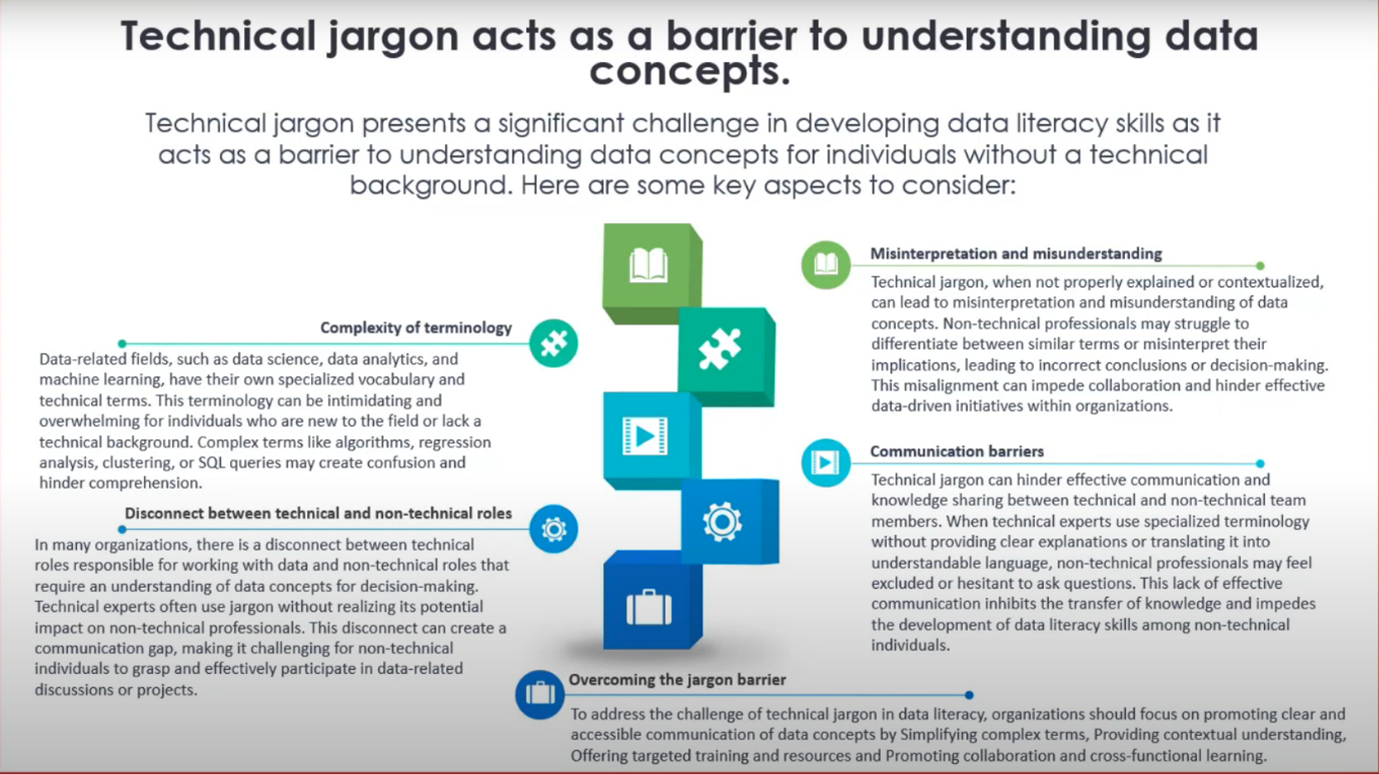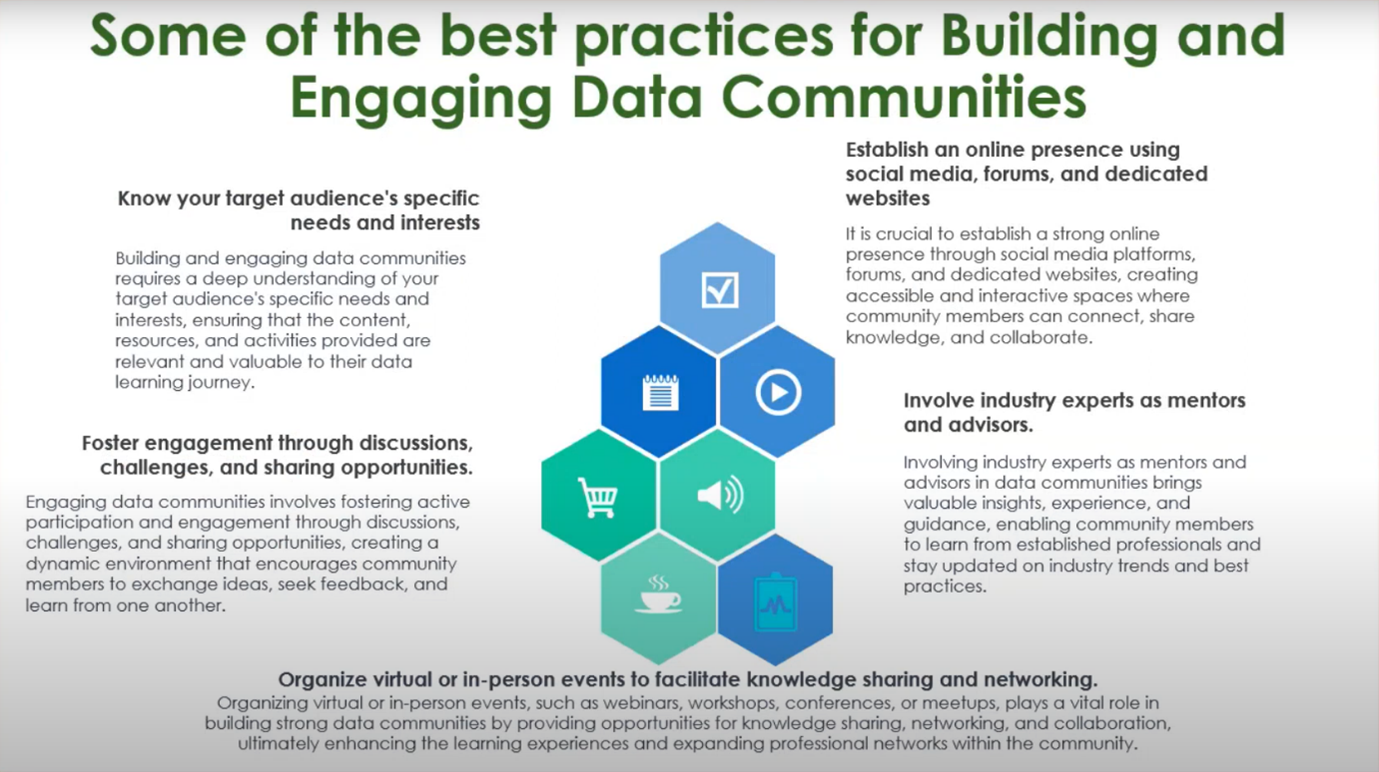DATA COMMUNITIES: A SOLUTION TO THE DATA LITERACY GAP WITH HARRISON
Executive Summary
The importance of data literacy and building data communities. Understanding the data literacy gap and how to close it. Overcoming challenges in data literacy and communication and measuring effectiveness.
Webinar Details
Title: DATA COMMUNITIES: A SOLUTION TO THE DATA LITERACY GAP WITH HARRISON
Date: 29-June-23
Presenter: Harrison Chisomo Chisonga & Howard Diesel
Meetup Group: DAMA SA USER GROUP
Write-up Author: Howard Diesel
Contents
Executive Summary.
Webinar Details.
The Importance of Data Literacy and Data Communities.
The Importance of Awareness and Literacy in Closing Gaps.
Understanding the Data Literacy Gap.
Importance of Closing the Gap in Data Literacy Skills.
The Importance of Data Literacy in Organizations.
Breaking the Data Literacy Gap in Organizations.
Challenges in Data Literacy and Closing the Gap.
The Importance of Data Literacy and Communication in Professional Fields.
Increasing Interest in Data Conversations and Addressing Jargon Barrier.
The Journey towards a Shared Truth in Data.
Observations on data utilisation and organisational dynamics.
Overcoming Resistance to Change in Organization.
Effective Strategies for Involving Business in Solution Development
Handling Data Quality in a Regulated Industry.
Best Practices for Building and Engaging Data Communities.
Discussed Topics on Data Literacy.
Progress in Data Quality and Measurement
Measuring Effectiveness of a Community of Practice in Data Management
Assessment of Personal Maturity and Data Literacy Gap.
The Importance of Data Literacy and Data Communities
Harrison Chisomo Chisonga opens and emphasises the importance of data literacy and data awareness in business strategy and departmental structure. He will discuss seven building blocks of data literacy, data communities, and the challenges and gaps in change management. Harrison will also explore thriving data communities and share insights on building and engaging in such communities.
The Importance of Awareness and Literacy in Closing Gaps
Awareness is crucial in comprehending the internal and external environment. Stakeholders need to be aware to effectively transmit initiatives from sponsors to implementers. A Chief Executive (CE) plays a significant role in fostering awareness. Their leadership can impact the overall appreciation of data and the sponsors’ input level. Awareness encourages individuals to internalise or externalise their understanding within their environment. This conversation focuses on educational approaches to closing gaps in literacy.
Figure 1 Understanding the Data Literacy Gap
Understanding the Data Literacy Gap
The value of data lies in its interpretation and application for positive change. Data literacy requires comprehension, insight extraction, and effective communication. Understanding data involves interpretation, context, patterns, and relationship analysis. Data literacy demands clear, concise, and compelling presentations using visualisations, reports, and narratives to convey the story. The Data Literacy Gap arises from the need for understanding, analysing, and communicating data due to diverse data sources, technological advancements, and lack of awareness and understanding.
Figure 2 Data Literacy, Understanding, Analysing, and Communicating with Data
Importance of Closing the Gap in Data Literacy Skills
The need for organisation leaders, sponsors, and project heads to address the deficiency in literacy skills and provide development opportunities. The need for sufficient investment in data education and training across industries. The observation that only individuals in the finance and banking sectors receive specialised training leads to a significant gap in data literacy skills across industries. The potential consequences of not investing in data education and training will contribute to a widening gap in data literacy. The importance of addressing desire and passion for data, along with awareness and education, in closing the gap. The role of technology advancements and diverse data sources in opening up the conversation about the key factors widening the gap in data literacy. Highlighting the significance of starting the discussion with data literacy awareness and education to ensure everyone is informed and engaged.
Figure 3 The Significant Gap in Data Literacy Across Industries
The Importance of Data Literacy in Organizations
Organisations may struggle to fully exploit the value of their data without a strong foundation in data literacy. A lack of data literacy can lead to difficulty in identifying relevant data sources, ensuring data quality, and extracting meaningful insights. Biases and reliance on incomplete information can arise without the ability to analyse data critically. Data literacy helps organisations move away from subjective judgment and gut instincts towards data-driven decision-making, leading to missed data growth and optimisation opportunities.
Figure 4 How Data Literacy Gap Hinders Organisations
Breaking the Data Literacy Gap in Organizations
The article discusses the importance of data literacy in organisations, identifies critical areas where it can be applied, and suggests ways to overcome challenges and biases. It also emphasises the need to treat data awareness and literacy as a part of change management and create data communities to facilitate knowledge sharing.
Challenges in Data Literacy and Closing the Gap
The involvement of sponsors and the project team from the beginning can enhance data literacy, as the complex data landscape poses challenges for individuals and organisations. Understanding legal and ethical considerations in data collection, storage, and usage and using advanced techniques and tools to manage and analyse large volumes of data is crucial.
Figure 5 Complex Data Landscape
The Importance of Data Literacy and Communication in Professional Fields
The lack of data literacy may hinder organisational innovation and growth, leading to resistance to change and fear of technology among professionals. Technical jargon and complex terminologies can create a communication gap between technical and non-technical professionals, making it challenging to communicate data insights effectively. Data forums focused on data awareness and literacy can help bridge the gap and increase discussion participation.
Figure 6 The Importance and Benefit of Data Literacy
Increasing Interest in Data Conversations and Addressing Jargon Barrier
More than 50 individuals are engaging in discussions regarding data, indicating a growing interest. To increase participation, solutions and insights from data science are being showcased to make the conversations more engaging. Efforts are being made to bridge the awareness and literacy gap by reducing technical jargon. Methods used include providing contextual understanding, simplifying complex terms, offering targeted training and resources, and promoting collaboration and cross-functional learning. Representatives from all organisation functions participate in data forums. The conversations have successfully addressed the jargon, awareness, and communication aspects. Harrison raises a question about focusing on insights, AI, and machine learning in education and discussions.
Figure 7 The importance of not letting Technical Jargon create barriers
The Journey towards a Shared Truth in Data
The challenge of breaking down silos and creating a shared truth source of data, convincing individuals to adopt new methods, and incorporating the journey towards truth in their work. Resistance to change is met, but the positive impact is realised once they see the benefits. Business people must be involved in defining truth. Encouraging people to join forums and understanding their motivations is crucial.
Observations on data utilisation and organisational dynamics
Mention of data usage and interconnectivity in various business settings. They presented findings to the Manco department, revealing the complete data value chain. Emphasised Harrison’s role as a component within the chain and initiated conversation at the Manco level, setting the tone for further discussions. Managers informed their teams about the interconnectivity of their input and output in the data process and promoted the need for data storage and stewardship.
Overcoming Resistance to Change in Organization
The Data Forum's increased participation and collaboration was generated through word-of-mouth. Leaders driving change and encouraging participation is crucial. The speaker seeks help handling resistance, specifically from business leaders, and real-life examples of overcoming resistance to achieve buy-in. Harrison shares a life example of low usage of developed dashboards, leading to a business requirements document (BRD) to improve adoption.
Effective Strategies for Involving Business in Solution Development
Involving businesses in the development process leads to a better understanding of requirements and easier implementation of solutions. Frequent updates and feedback keep them informed and involved, and involving users in managing change can address resistance and provide new opportunities.
Handling Data Quality in a Regulated Industry
Data quality is crucial in regulated industries like finance. Harrison works with management to address issues and communicate potential consequences. Data issues are segmented, and a dashboard is created to prioritise and address them. Leads are appointed to improve data quality in different areas of the bank.
Best Practices for Building and Engaging Data Communities
The importance of data quality has prompted a focus on contracted goals for the year. Data forums facilitate collaboration by providing a platform for discussion and problem-solving. Best practices for building and engaging data communities include knowing audience needs, fostering engagement through open discussion, and creating a collaboration portal for Q&A. Expats from other countries who have overcome similar challenges are encouraged to share their best practices to inspire the community.
Figure 8 Some of the best practices
Discussed Topics on Data Literacy
Harrison discusses the importance of data literacy education and its promotion. There is an inquiry into managing the data forum, which Harrison’s team runs but involves the business. He suggests approaching data literacy from a business perspective and involving every individual in the organisation. Harrison acknowledges that the current process is a journey and that, eventually, the business should take ownership. A question about measuring progress and using it to market the program, and the response indicates that critical data elements are identified, and projects are initiated to measure progress.
Progress in Data Quality and Measurement
The data quality features include completeness and consistency. Critical data elements are monitored for remediation. Measuring the acceptance of the data literacy program through colour-coded indicators for change management, including engagement, adoption, and resistance. Evaluating the program's effectiveness includes discussions about engagement and resistance, and growth in the monthly community of practice.
Measuring Effectiveness of a Community of Practice in Data Management
The challenge is determining whether the community of practice is the primary source of information that has significantly impacted members' knowledge and lives. It's essential to measure the current skills of members, assess their improvement over the two years, and gauge individuals' knowledge and understanding in various areas, such as data quality and business strategy, using personal maturity assessments. A scale from zero to three is used to assess individuals' level of awareness and understanding.
Assessment of Personal Maturity and Data Literacy Gap
The last discussion focused on assessing individuals' personal maturity and data literacy to identify skill gaps and bridge them. Harrison mentioned starting with assessing people's knowledge, filling the gaps, and applying the assessment to help individuals determine their career aspirations and achieve them through education and projects, referred to as a data talent or data people strategy.
If you want to receive the recording, kindly contact Debbie (social@modelwaresystems.com)
Don’t forget to join our exciting LinkedIn and Meetup data communities not to miss out!
